In food handling applications, the conveyor belt is one of the key components that affect the entire plant’s production efficiency. Maintaining proper belt tension throughout a spiral conveyor is a major challenge that depends heavily on the system’s design.
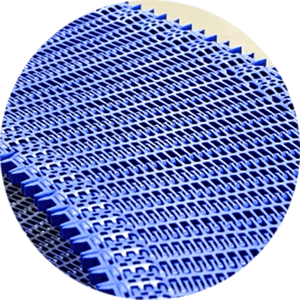 Too little tension causes belts to slip while too much leads to excessive wear on components. Both scenarios could lead to failures that require extensive repair if you don’t address these issues. In drum cage spirals, the belt tension depends on the drive force on the inside edge of the belt. This design requires the drive to overcome the friction between the support rails and the loaded belt.
Too little tension causes belts to slip while too much leads to excessive wear on components. Both scenarios could lead to failures that require extensive repair if you don’t address these issues. In drum cage spirals, the belt tension depends on the drive force on the inside edge of the belt. This design requires the drive to overcome the friction between the support rails and the loaded belt.
Maintaining the required overdrive (or positive slippage) is difficult with drum cage spirals that convey different types of food products. Negative slippage can lead to the drum acting like a brake, causing damage to the belt. There is a better way to address tension issues with a plastic, modular belt on a spiral conveyor system.
How to Maintain Proper Belt Tension on a Spiral Conveyor
At SideDrive Conveyor Co., we eliminate the need for overdrive by reducing the belt tension to zero at any point in the system. The unique edge-driven belt technology allows us to reset tension at each sprocket location. You can add another drive to bring it back to zero anywhere along the belt where tension becomes high.
Benefits of Using a Plastic Edge-Driven Belt to Address Tension
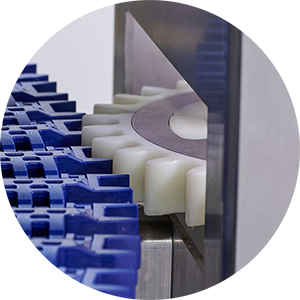 There are also additional benefits from using a modular, plastic belt instead of metal:
There are also additional benefits from using a modular, plastic belt instead of metal:
- Plastic belts are lighter and naturally require less tension compared to metal belts
- Metal belts are prone to memory and susceptible to bending
- In some cases, when a metal belt fails, you may have to replace the entire belt to repair the system. Metal belts can also require hot work (grinding or welding) to be repaired which results in additional downtime.
Another benefit of a modular plastic belt is you can spread the tension over the outer 6 to 10 inches. Metal belts cannot distribute the tensile forces which can result in deformation or failure on the outer edge.
By eliminating metal parts, you can reduce the labor and cost (including concerns about food contamination) associated with lubrication. Our edge-driven spiral conveyors have a self-lubricating design, resulting in lower maintenance requirements. The self-lubricating carry-ways can last the life of the spiral conveyor.
Reduce Maintenance Costs and Belt Tension Issues with an Edge-Driven Spiral Conveyor
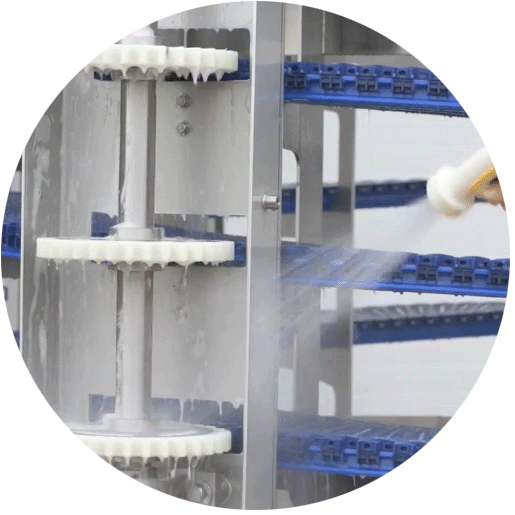 The benefits of using a modular, edge-driven plastic belt in your spiral conveyor extend beyond maintaining the proper tension at all times. The open-frame construction allows sanitation teams to access all of the areas where contamination may be a concern. Shorter cleaning cycles increase Overall Equipment Effectiveness (OEE) by maximizing productivity. An edge-driven spiral conveyor is ideal for all your curing, proofing, and cooling needs within a smaller footprint. By efficiently managing the tension throughout a spiral conveyor, you reduce wear on the components and increase the life of the conveyor.
The benefits of using a modular, edge-driven plastic belt in your spiral conveyor extend beyond maintaining the proper tension at all times. The open-frame construction allows sanitation teams to access all of the areas where contamination may be a concern. Shorter cleaning cycles increase Overall Equipment Effectiveness (OEE) by maximizing productivity. An edge-driven spiral conveyor is ideal for all your curing, proofing, and cooling needs within a smaller footprint. By efficiently managing the tension throughout a spiral conveyor, you reduce wear on the components and increase the life of the conveyor.
We’re always ready to assist engineers that have to address issues with belt tension in spiral conveyors. Get in touch to find out more.

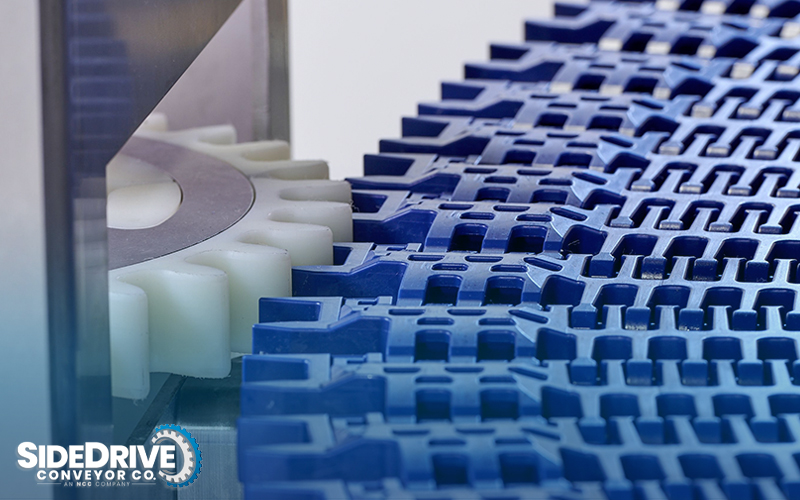
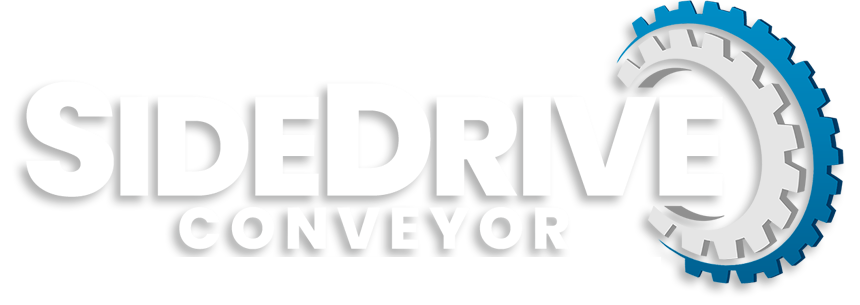

 Too little tension causes belts to slip while too much leads to excessive wear on components. Both scenarios could lead to failures that require extensive repair if you don’t address these issues. In drum cage spirals, the belt tension depends on the drive force on the inside edge of the belt. This design requires the drive to overcome the friction between the support rails and the loaded belt.
Too little tension causes belts to slip while too much leads to excessive wear on components. Both scenarios could lead to failures that require extensive repair if you don’t address these issues. In drum cage spirals, the belt tension depends on the drive force on the inside edge of the belt. This design requires the drive to overcome the friction between the support rails and the loaded belt. There are also additional benefits from using a modular, plastic belt instead of metal:
There are also additional benefits from using a modular, plastic belt instead of metal: The benefits of using a modular, edge-driven plastic belt in your spiral conveyor extend beyond maintaining the proper tension at all times. The open-frame construction allows sanitation teams to access all of the areas where
The benefits of using a modular, edge-driven plastic belt in your spiral conveyor extend beyond maintaining the proper tension at all times. The open-frame construction allows sanitation teams to access all of the areas where